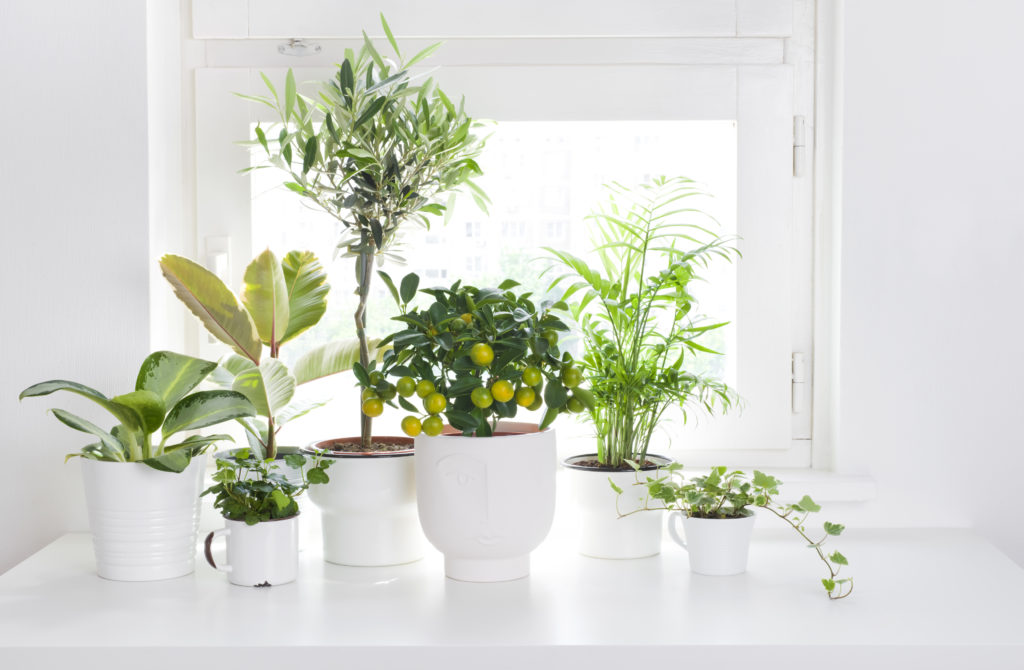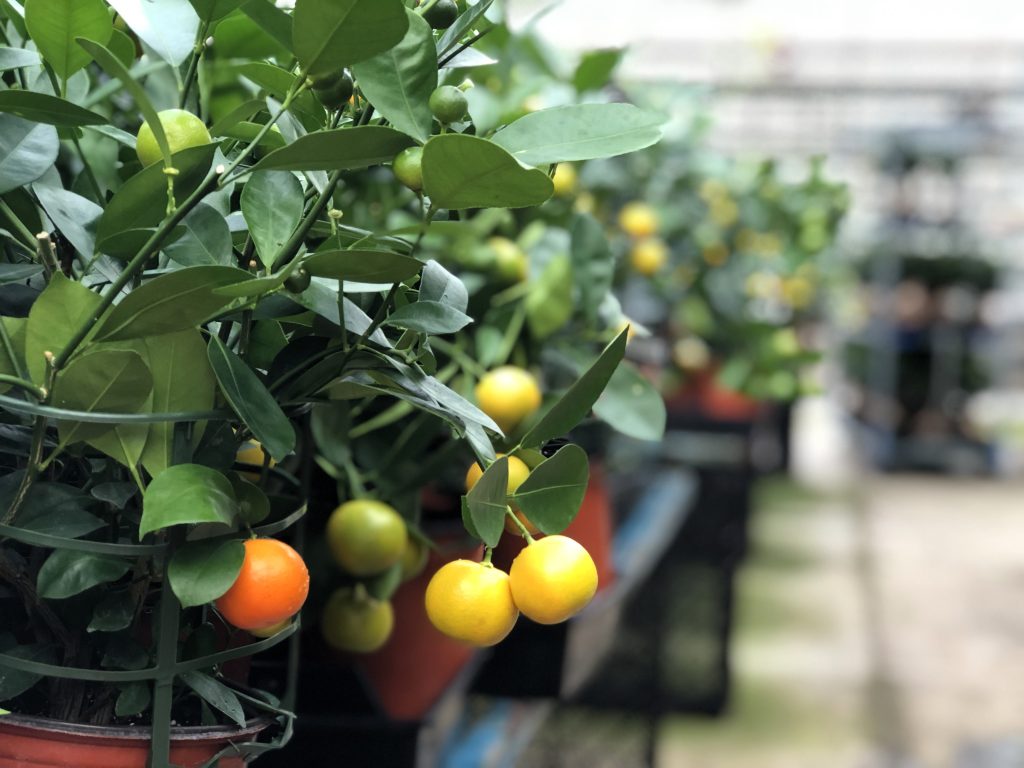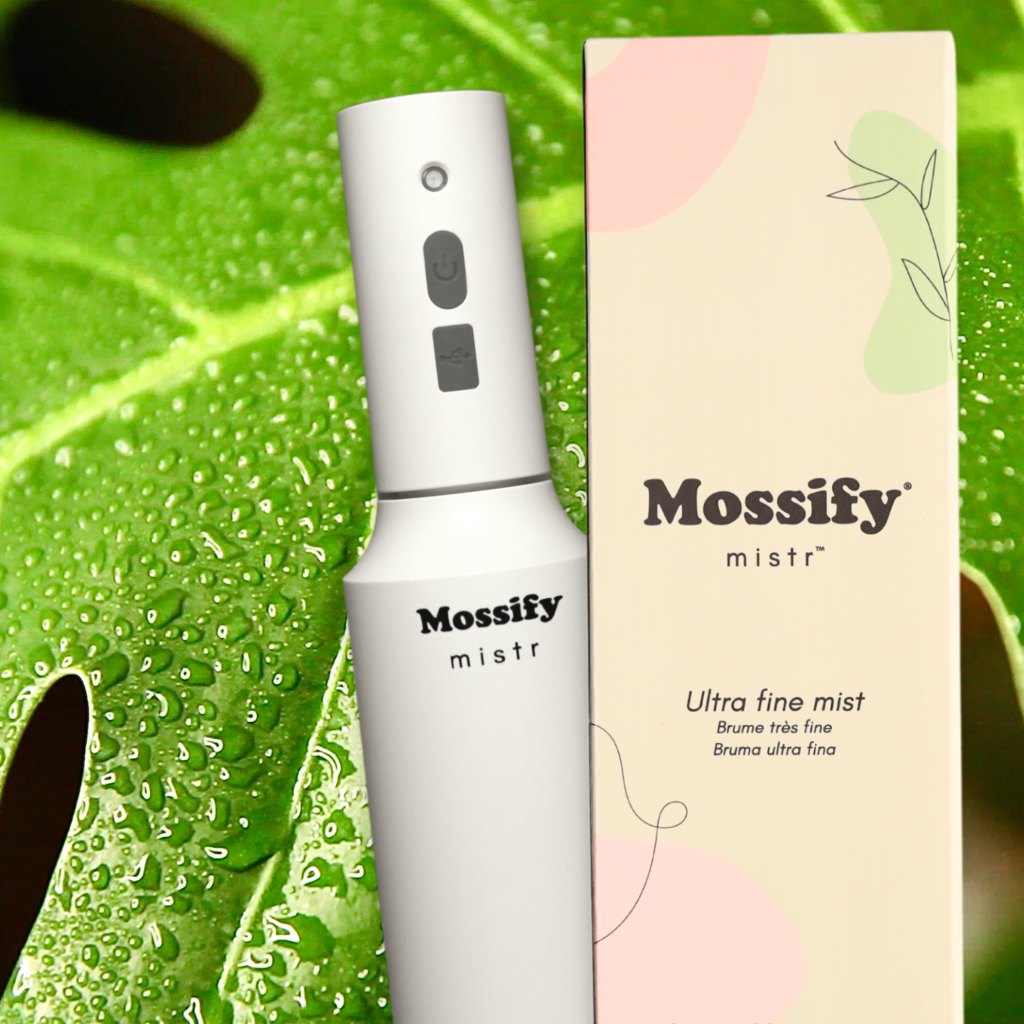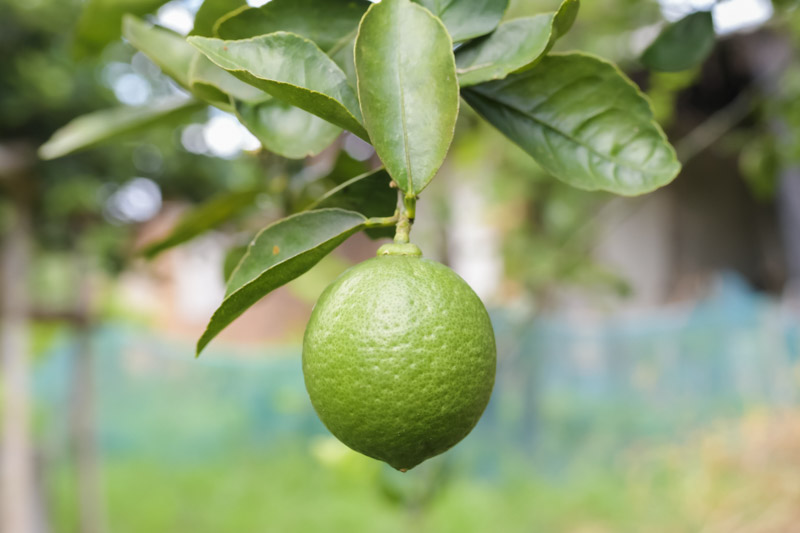How to Grow Citrus At Home

The frigid winter months don’t seem like the ideal time to think of tropical plants, but it’s the season for citrus! January through March are the months when lemons, limes, oranges, tangerines, calamondin, and grapefruit plants begin blooming and producing fruit. You can add the bewitching fragrance and tropical appeal of these plants to your home in Ontario now… and reap the benefits of enjoying the fruits of your efforts! Here’s how to grow citrus at home.
Bright Light
Think Florida or California… citrus plants LOVE the sun! Growing your citrus in very bright light is an important way to keep your plant happy. Ideally, place your citrus plant close to a south or west-facing window, or directly into a north or east-facing window. If a close natural light source isn’t possible, you’ll need to provide supplemental light during daylight hours.

Watering
Proper watering is critical for the success of any indoor plant, but perhaps with citrus most of all! Citrus plants need to be watered very regularly, but also require a well-drained soil that won’t allow roots to sit too wet for too long. We like Pro Mix Premium Tropical Plant Mix for citrus and most other tropical houseplants.
Using tepid water, fully saturate the soil at least once a week, allowing all excess water to drain away. If possible, plants should be potted into clay or ceramic pots with ample drainage, and a saucer beneath to catch the overflow. Citrus can’t be allowed to dry out completely, but do prefer to have the soil dry about halfway between waterings. This balance can be tricky to achieve, especially for beginners. A moisture tester is a very helpful tool, and can be used to quickly and accurately assess the moisture level of the soil.
Nutrition
Citrus plants need optimal nutrition to thrive, bloom, and produce fruit. During the active growing season, plants should be fed every 2 weeks with a balanced plant food, such as Miracle Gro All Purpose Liquid Plant Food. To avoid overfeeding or burning, a liquid food is ideal, rather than a slow-release formula. In late spring, after risk of frost, plants can be grown outdoors for the summer, and should be fed monthly to promote healthy, leafy growth.

General Care
Our homes can be very dry places in the winter. Like many other tropicals, citrus plants prefer a relatively humid environment, and benefit from extra humidity being provided in dry periods. Frequent misting can help to achieve this, but for ideal conditions, use a cool mist humidifier near your plants regularly.

Inspect your plant regularly for signs of stress. Curled or sticky leaves can be an indication of pest problems, such a spider mites, scale, or mealy bugs. Most indoor pest problems can be solved quickly and easily, if caught early. Keep a bottle of ready-to-use Insecticidal Soap on hand, which can treat infestations effectively with minimal effort.

As fruit begins to form, allow it to remain on the plant until fully ripened. More than anything, take the time to enjoy your plant! Tropical appeal is in reach. You’ve got this!
